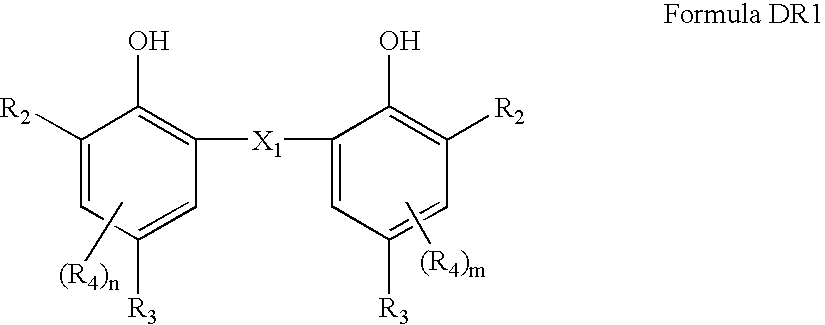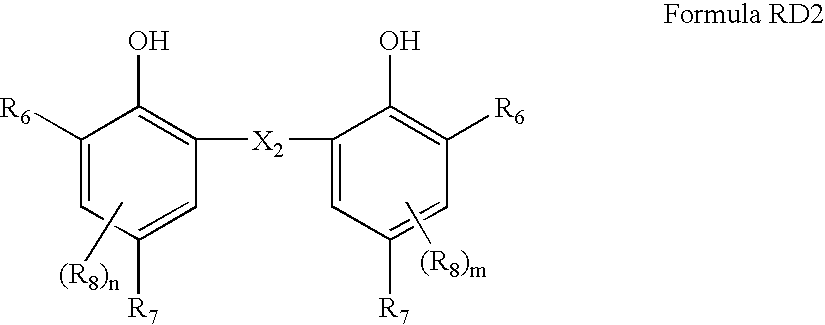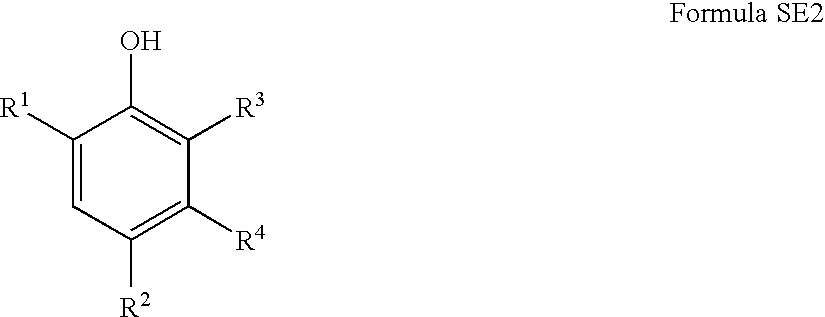Method for precipitating separation of photosensitive silver halide particle dispersion and silver salt photothermographic dry imaging material using thereof
a technology of silver salt and silver halide, which is applied in the field of precipitation separation of photosensitive silver halide particle dispersion and silver salt photothermographic dry imaging material using thereof, can solve the problems of insufficient dispersion insufficient aggregation of silver halide particles in the organic solvent system, and undetected aggregation or growth or ripening of silver halide particles, etc., to achieve high sensitivity, low fog
- Summary
- Abstract
- Description
- Claims
- Application Information
AI Technical Summary
Benefits of technology
Problems solved by technology
Method used
Image
Examples
examples
[0337]This invention is described in detail below referring to examples, but the invention is not limited to these examples. In the examples, “percent” means “percent by weight” as long as specific description is not attached.
>
[0338]A dripping device, thermometer, nitrogen gas inlet pipe, stirrer and reflux condenser were attached to a 0.5 liter four-mouth separable flask, and 50 g of methyl ethyl ketone and monomers other than NIPAM at the ratio in grams described in Table 1 were charged into the flask and heated at the temperature described in Table 1. Then a solution of NIPA monomer, in the amount of grams described in Table 1, dissolved in 43 g of methyl ethyl ketone containing 0.12 g of lauryl peroxide was dripped into the flask over 2 hours. The reacting liquid was heated by spending 1 hour. At the time when reflection was begun, a solution of 0.17 g of lauryl peroxide dissolved in 33 g of methyl ethyl ketone (MEK) was dripped into the flask over 2 hours and further allowed to...
PUM
| Property | Measurement | Unit |
|---|---|---|
| partition coefficient | aaaaa | aaaaa |
| temperature | aaaaa | aaaaa |
| temperature | aaaaa | aaaaa |
Abstract
Description
Claims
Application Information
 Login to View More
Login to View More - R&D
- Intellectual Property
- Life Sciences
- Materials
- Tech Scout
- Unparalleled Data Quality
- Higher Quality Content
- 60% Fewer Hallucinations
Browse by: Latest US Patents, China's latest patents, Technical Efficacy Thesaurus, Application Domain, Technology Topic, Popular Technical Reports.
© 2025 PatSnap. All rights reserved.Legal|Privacy policy|Modern Slavery Act Transparency Statement|Sitemap|About US| Contact US: help@patsnap.com



